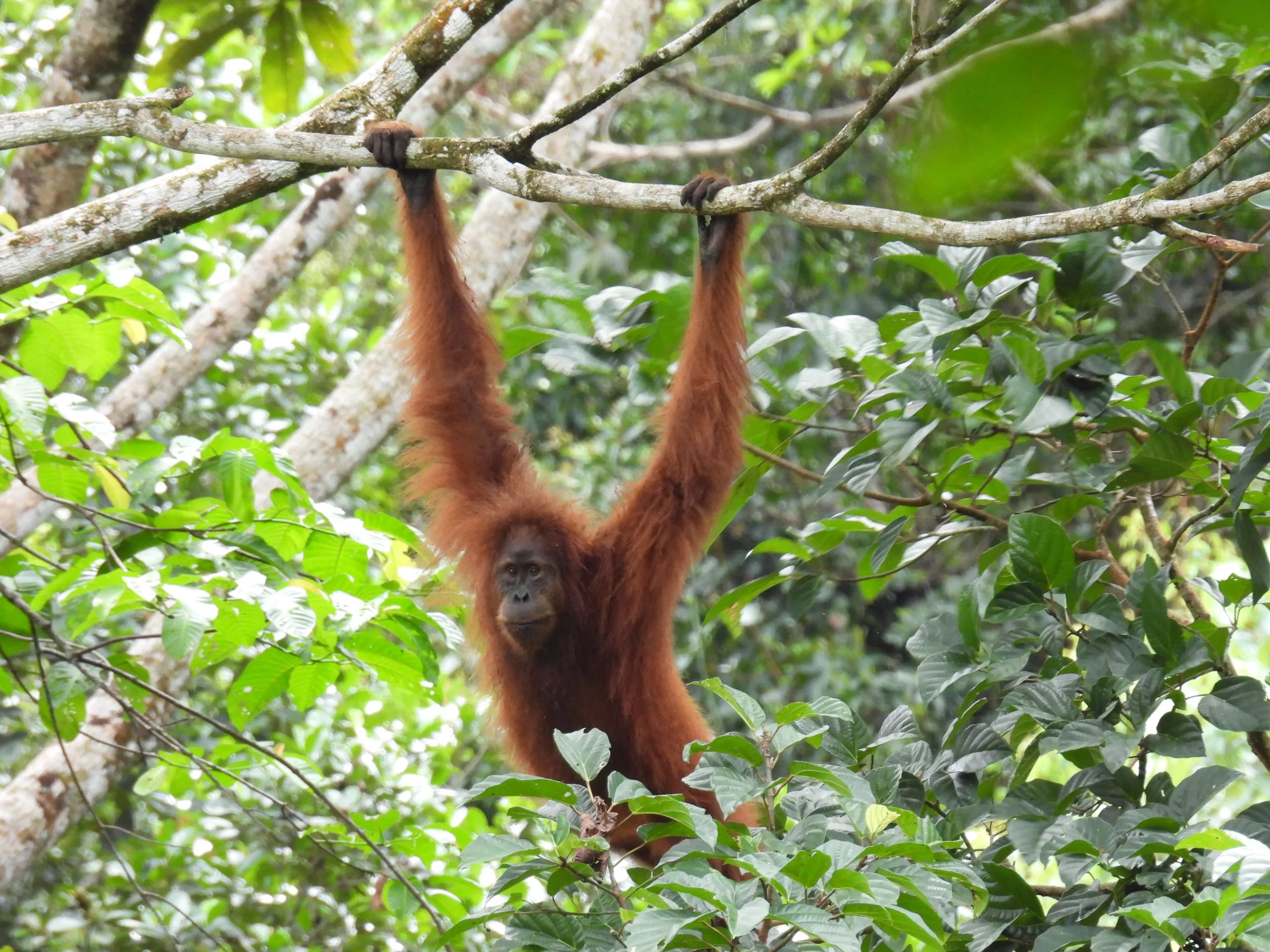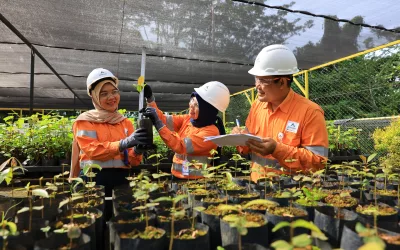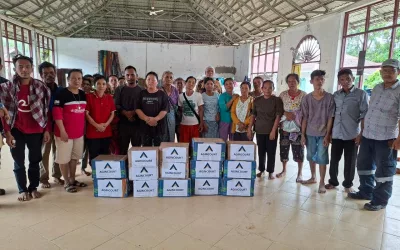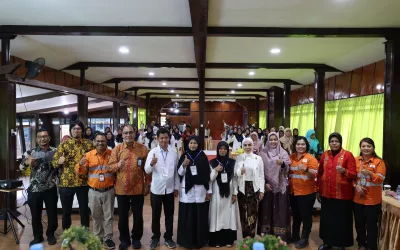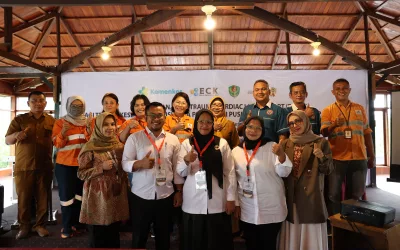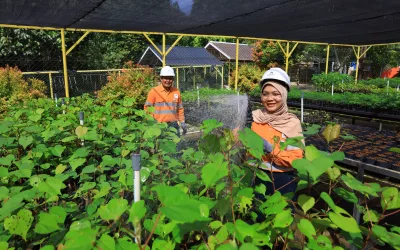Keystone species are those that have a disproportionately large influence on the structure and function of an ecosystem, even though their populations may not be large. Their presence or absence can trigger significant changes within biological communities and the overall balance of the ecosystem.
Characteristics of Keystone Species:
- Play a vital role in maintaining the structure and balance of ecosystems.
- Their impact is far greater than their population numbers might suggest.
- Their absence can cause drastic changes, even leading to the extinction of other species.
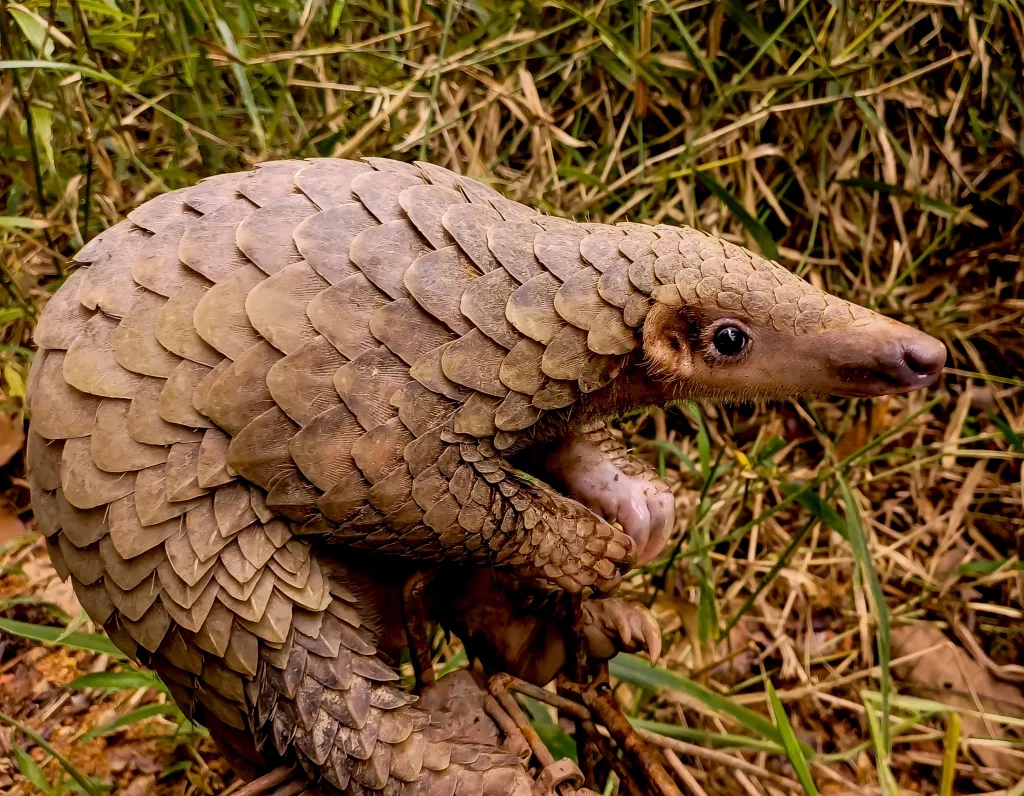
Safeguarding keystone species is crucial in conservation efforts, as they underpin the stability and biodiversity of ecosystems. The loss of even a single keystone species can set off a domino effect, disrupting the entire ecosystem.
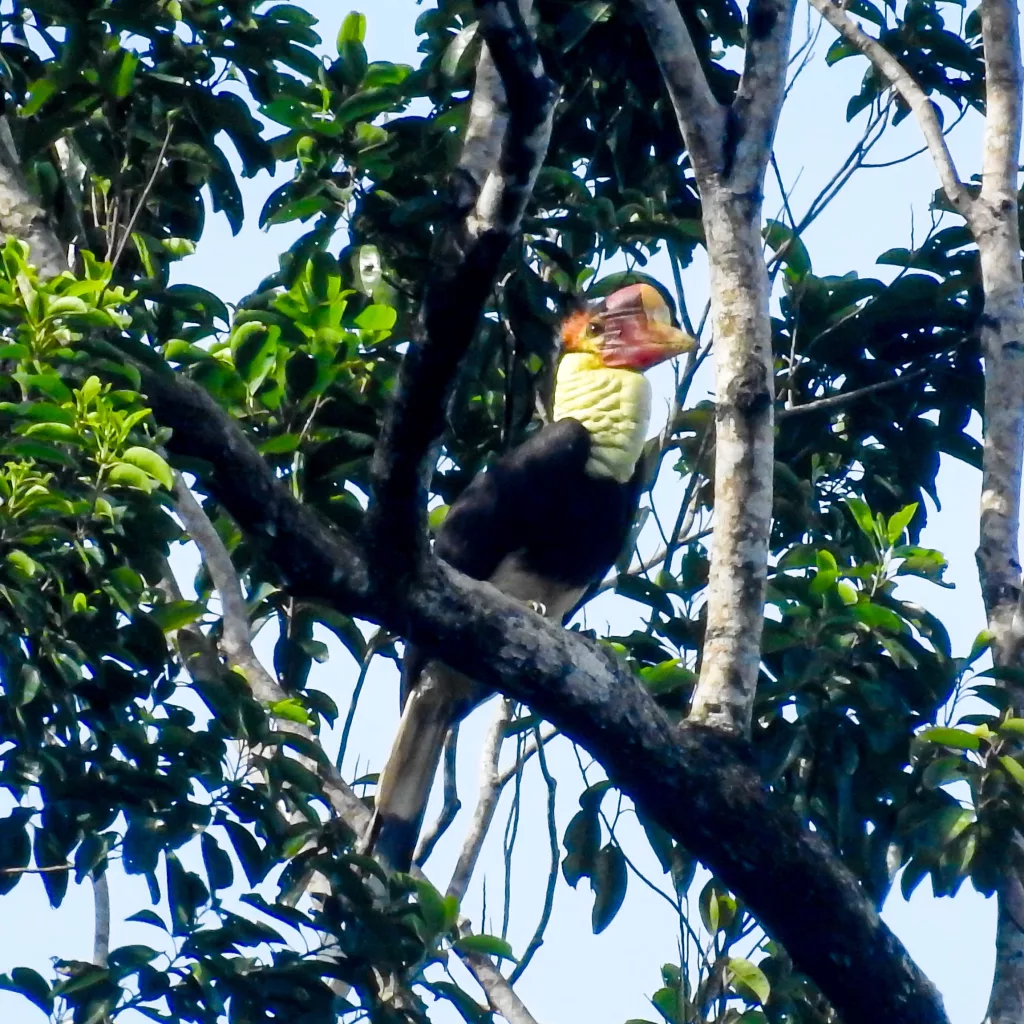
The Martabe Gold Mine lies within the Batang Toru forest ecosystem, an area rich in biodiversity. Several keystone species in this area are classified as Critically Endangered on the IUCN Red List (International Union for Conservation of Nature), including the Tapanuli orangutan (Pongo tapanuliensis), Helmeted hornbill (Rhinoplax vigil), and Sunda pangolin (Manis javanica).
The Tapanuli orangutan is not only a charismatic and protected species but also plays a vital ecological role as a seed disperser, forest structure maintainer, environmental health indicator, and umbrella species. Conserving orangutans therefore also means safeguarding forests and the life they support.
Similarly, the Helmeted hornbill plays an essential role as a natural seed disperser and indicator of healthy forests. However, illegal hunting driven by the high value of its “ivory-like” casque and habitat loss through deforestation have placed it at severe risk. Protecting this species is therefore critical to ensuring the regeneration and sustainability of tropical forests.

